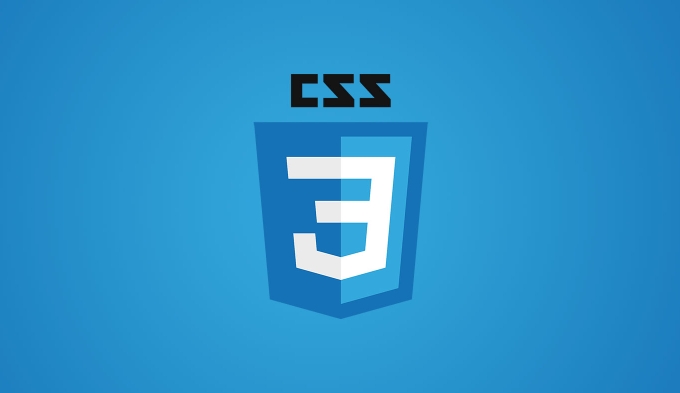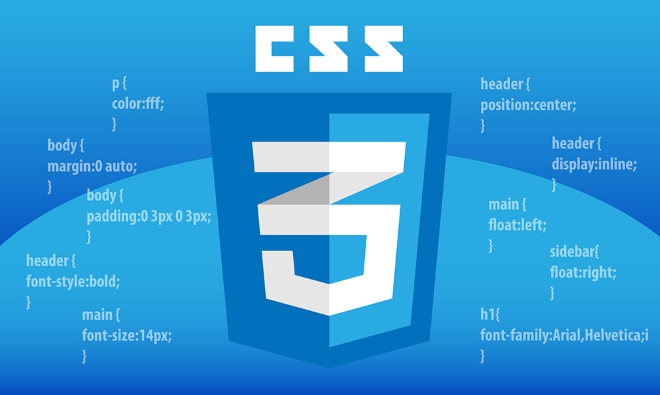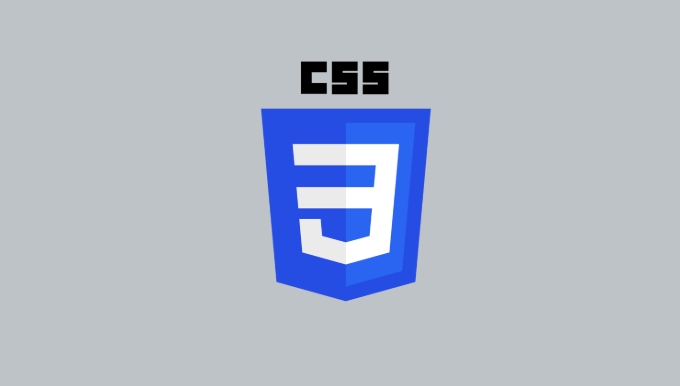CSS transitions enable smooth property changes with minimal code, ideal for hover effects and interactive feedback. 1. Use the syntax transition: property duration timing-function delay; to define transitions, like transition: background-color 0.3s ease 0.1s;. 2. Specify transition-property for the CSS property to animate, preferring background-color, opacity, or transform over non-interpolatable properties like display. 3. Set transition-duration to control animation length, such as 0.3s, which is required for the transition to run. 4. Apply transition-timing-function like ease, linear, or cubic-bezier() to define pacing. 5. Use transition-delay to delay the start, for example 0.1s. 6. List multiple transitions with commas for complex effects. 7. Prioritize transform and opacity for GPU acceleration and better performance. 8. Keep durations between 200–500ms for a responsive feel. 9. Avoid transition: all 0.3s; to prevent unintended animations. 10. Do not animate layout properties like width or height on large elements to avoid jank. 11. Replace display toggles with opacity and pointer-events for smooth show/hide effects, as in .fade { opacity: 0; transition: opacity 0.3s ease; pointer-events: none; } and .fade.active { opacity: 1; pointer-events: auto; }. 12. Use shorthand for conciseness or longhand for clarity. 13. Ensure the CSS property actually changes state (e.g., via :hover or class changes) to trigger the transition. When properly applied, CSS transitions create fast, subtle, and performant interactions that enhance user experience without JavaScript.

CSS transitions are a simple way to control animation speed when changing CSS properties — perfect for hover effects, button states, or layout changes. You don’t need JavaScript or complex keyframes. Just a few lines of CSS, and you’ve got smooth visual feedback.

Here’s how to use them effectively.
What Are CSS Transitions?
A CSS transition lets you define how a property should change over time when it shifts from one value to another — like when a user hovers over a button. It’s not an animation in the traditional sense, but a smooth interpolation between two states.

The basic syntax:
transition: property duration timing-function delay;
Example:

button {
background-color: blue;
transition: background-color 0.3s ease 0.1s;
}
button:hover {
background-color: red;
}This makes the background color change from blue to red over 0.3 seconds, with a slight 0.1s delay and an "ease" timing curve.
Key Transition Properties
You don’t have to set all values every time — most can be omitted and will fall back to defaults.
transition-property
Which CSS property to animate. Common ones:background-color,opacity,transform,width,color.
Useallto animate any changing property (not recommended for performance).transition-duration
How long the animation takes (e.g.,0.5sor500ms). Must be specified, or the transition won’t run.transition-timing-function
Controls the pacing. Options include:ease(default, starts slow, ends slow)linear(constant speed)ease-in,ease-out,ease-in-outcubic-bezier(x1, y1, x2, y2)— custom curve
transition-delay
How long to wait before starting (e.g.,0.2s).
You can also set multiple transitions:
button {
transition:
background-color 0.3s ease,
transform 0.2s linear,
opacity 0.4s ease-in-out;
}Best Practices and Tips
Not all properties can be transitioned — only those with interpolatable values (numbers, colors, lengths). For example, you can't smoothly transition display: none to block, but you can fade with opacity and visibility.
? Do This:
- Use
transformandopacityfor best performance (GPU-accelerated). - Keep durations short (200–500ms) for responsive feel.
- Add transitions to interactive elements (buttons, links) for feedback.
? Avoid:
transition: all 0.3s;— it can animate unintended properties.- Animating layout properties like
width,height, ormarginon large elements (can cause jank). - Using transitions on
displayorz-index— they don’t interpolate.
Example of a smooth button hover:
.btn {
padding: 10px 20px;
background: #007bff;
color: white;
border: none;
border-radius: 4px;
transition: all 0.3s ease;
cursor: pointer;
}
.btn:hover {
background: #0056b3;
transform: translateY(-2px);
box-shadow: 0 4px 8px rgba(0,0,0,0.2);
}Shorthand vs. Longhand
Use shorthand for simplicity:
transition: background-color 0.3s ease;
Or longhand for clarity:
transition-property: background-color; transition-duration: 0.3s; transition-timing-function: ease; transition-delay: 0s;
Shorthand is more common and concise.
When Transitions Don’t Work — Common Fixes
- Forgot
duration? Transition won’t run if no time is set. - Property not changing? Transitions only trigger when the value changes (e.g., hover, class toggle).
- Using
displayorvisibility? These don’t animate smoothly — useopacitypointer-eventsinstead.
Example for showing/hiding:
.fade {
opacity: 0;
transition: opacity 0.3s ease;
pointer-events: none;
}
.fade.active {
opacity: 1;
pointer-events: auto;
}Basically, CSS transitions are your go-to for subtle, performant interactions. Keep them focused, fast, and on properties that matter. Once you get the hang of it, you’ll add them everywhere — buttons, menus, icons, cards. They make static sites feel alive.
The above is the detailed content of CSS transitions tutorial. For more information, please follow other related articles on the PHP Chinese website!

Hot AI Tools

Undress AI Tool
Undress images for free

Undresser.AI Undress
AI-powered app for creating realistic nude photos

AI Clothes Remover
Online AI tool for removing clothes from photos.

Clothoff.io
AI clothes remover

Video Face Swap
Swap faces in any video effortlessly with our completely free AI face swap tool!

Hot Article

Hot Tools

Notepad++7.3.1
Easy-to-use and free code editor

SublimeText3 Chinese version
Chinese version, very easy to use

Zend Studio 13.0.1
Powerful PHP integrated development environment

Dreamweaver CS6
Visual web development tools

SublimeText3 Mac version
God-level code editing software (SublimeText3)
 What are common CSS browser inconsistencies?
Jul 26, 2025 am 07:04 AM
What are common CSS browser inconsistencies?
Jul 26, 2025 am 07:04 AM
Different browsers have differences in CSS parsing, resulting in inconsistent display effects, mainly including the default style difference, box model calculation method, Flexbox and Grid layout support level, and inconsistent behavior of certain CSS attributes. 1. The default style processing is inconsistent. The solution is to use CSSReset or Normalize.css to unify the initial style; 2. The box model calculation method of the old version of IE is different. It is recommended to use box-sizing:border-box in a unified manner; 3. Flexbox and Grid perform differently in edge cases or in old versions. More tests and use Autoprefixer; 4. Some CSS attribute behaviors are inconsistent. CanIuse must be consulted and downgraded.
 Describe the `vertical-align` property and its typical use cases
Jul 26, 2025 am 07:35 AM
Describe the `vertical-align` property and its typical use cases
Jul 26, 2025 am 07:35 AM
Thevertical-alignpropertyinCSSalignsinlineortable-cellelementsvertically.1.Itadjustselementslikeimagesorforminputswithintextlinesusingvalueslikebaseline,middle,super,andsub.2.Intablecells,itcontrolscontentalignmentwithtop,middle,orbottomvalues,oftenu
 What is the accent-color property?
Jul 26, 2025 am 09:25 AM
What is the accent-color property?
Jul 26, 2025 am 09:25 AM
accent-color is an attribute used in CSS to customize the highlight colors of form elements such as checkboxes, radio buttons and sliders; 1. It directly changes the default color of the selected state of the form control, such as changing the blue check mark of the checkbox to red; 2. Supported elements include input boxes of type="checkbox", type="radio" and type="range"; 3. Using accent-color can avoid complex custom styles and extra DOM structures, and maintain native accessibility; 4. It is generally supported by modern browsers, and old browsers need to be downgraded; 5. Set accent-col
 How to compile SCSS to CSS?
Jul 27, 2025 am 01:58 AM
How to compile SCSS to CSS?
Jul 27, 2025 am 01:58 AM
InstallDartSassvianpmafterinstallingNode.jsusingnpminstall-gsass.2.CompileSCSStoCSSusingthecommandsassinput.scssoutput.css.3.Usesass--watchinput.scssoutput.csstoauto-compileonsave.4.Watchentirefolderswithsass--watchscss:css.5.Usepartialswith_prefixfo
 How to change text color in CSS?
Jul 27, 2025 am 04:25 AM
How to change text color in CSS?
Jul 27, 2025 am 04:25 AM
To change the text color in CSS, you need to use the color attribute; 1. Use the color attribute to set the text foreground color, supporting color names (such as red), hexadecimal codes (such as #ff0000), RGB values (such as rgb(255,0,0)), HSL values (such as hsl(0,100%,50%)), and RGBA or HSLA with transparency (such as rgba(255,0,0,0.5)); 2. You can apply colors to any element containing text, such as h1 to h6 titles, paragraph p, link a (note the color settings of different states of a:link, a:visited, a:hover, a:active), buttons, div, span, etc.; 3. Most
 CSS transitions tutorial
Jul 26, 2025 am 09:30 AM
CSS transitions tutorial
Jul 26, 2025 am 09:30 AM
CSStransitionsenablesmoothpropertychangeswithminimalcode,idealforhovereffectsandinteractivefeedback.1.Usethesyntaxtransition:propertydurationtiming-functiondelay;todefinetransitions,liketransition:background-color0.3sease0.1s;.2.Specifytransition-pro
 How to purge unused CSS?
Jul 27, 2025 am 02:47 AM
How to purge unused CSS?
Jul 27, 2025 am 02:47 AM
UseautomatedtoolslikePurgeCSSorUnCSStoscanandremoveunusedCSS;2.IntegratepurgingintoyourbuildprocessviaWebpack,Vite,orTailwind’scontentconfiguration;3.AuditCSSusagewithChromeDevToolsCoveragetabbeforepurgingtoavoidremovingneededstyles;4.Safelistdynamic
 HTML `style` Tag: Inline vs. Internal CSS
Jul 26, 2025 am 07:23 AM
HTML `style` Tag: Inline vs. Internal CSS
Jul 26, 2025 am 07:23 AM
The style placement method needs to be selected according to the scene. 1. Inline is suitable for temporary modification of single elements or dynamic JS control, such as the button color changes with operation; 2. Internal CSS is suitable for projects with few pages and simple structure, which is convenient for centralized management of styles, such as basic style settings of login pages; 3. Priority is given to reuse, maintenance and performance, and it is better to split external link CSS files for large projects.






